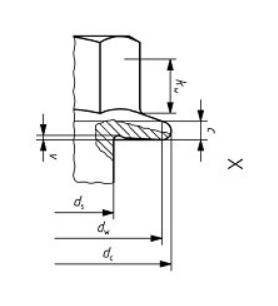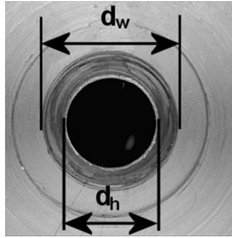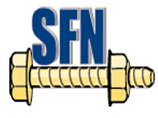Screw head



Welcome to this unique guide line!
Based upon years of experience with mass production of threaded joints the major Swedish automotive companies (Volvo Cars, Volvo Trucks, Scania CV, Bulten, and Atlas Copco) have together with Swerea IVF developed this application.
It provides calculation results with regard to static and dynamic strength for torque tightened as well as yield point tightened joints. Furthermore, it shows suitable torque-angle characteristics during tightening for joints of chosen designs. Torque tightened joints with angle monitoring and angle tightened joints with torque monitoring.
It encompasses best practice with regard to design for assembly. How to optimise a screw joints also with regard to assembly method. Focus is put on metric threaded joints with screws of property class 8.8 and 10.9.
Thorough verification testing performed in our laboratories together with the outcome in real production has given deep knowledge about scatter in assembly friction as well as settlements with dynamic high strength joints?
Swedish vehicle producers believe the most suitable assembly friction to be with around 0.13 and with scatter between 0.10 and 0.16. This application provides experience based assembly friction results with typical automotive joints.
Based upon normal variation in assembly torque and specified variation if assembly friction the application gives clamping force levels with ±3 standard deviations. Standard stiffness relationships between fastener and clamped part is used as input to give max allowed dynamic amplitude that the joint can take without the additional stresses in the screw material exceeds 50MPa ( a known fatigue level for screws).
The Assembly part of the application shows typical torque angle curves during tightening with:
1) joints with or without prevailing torque features (thread patches or lock nuts);
2) with standard and classified joints; 3) with or without angle monitoring.
Inspection procedures after assembly is also informed about and suitable inspection limits given; upper and lower inspection limits for torque tightened joints and permanents crew elongation limits for yield point tightened joints.
Last but not least a result report is presented based upon the interactive choices including the torque-angle diagram and can be taken away as a printout even though the application works well in most smart phones and computers.